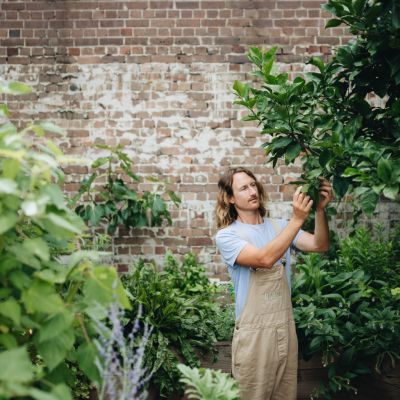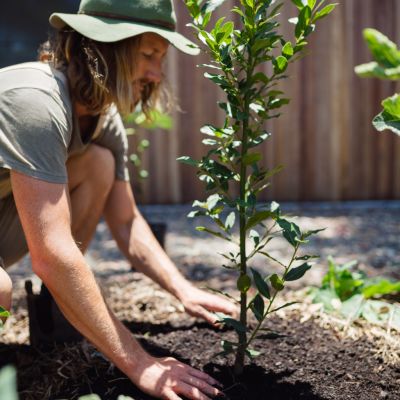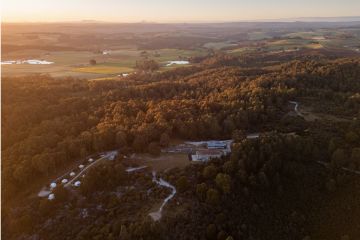A gardener’s best friend: Everything you need to know about composting
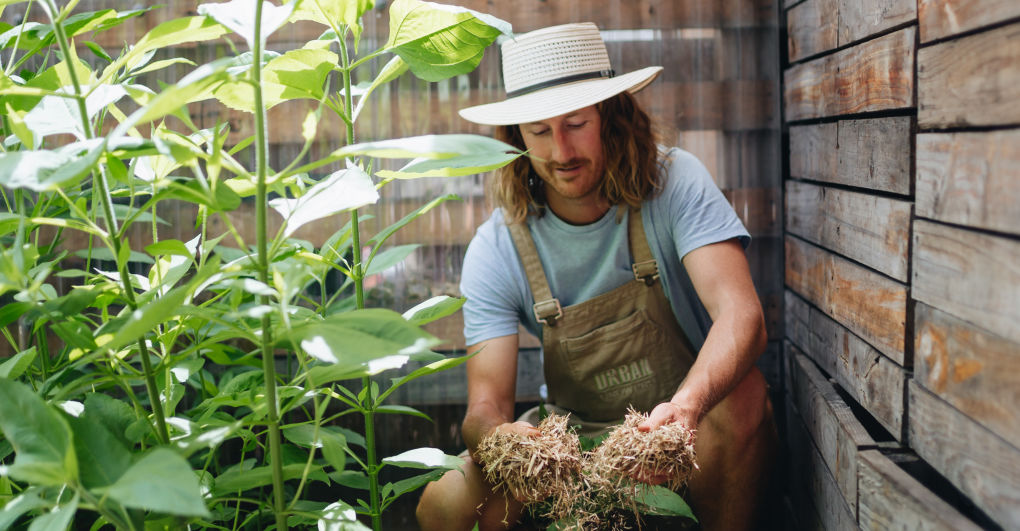
As the war on waste becomes more critical for the health of our planet, composting is a practical solution with the added bonus of giving your plants the proper nourishment they need.
Unfortunately, you simply can’t buy biologically rich compost off the shelf. I’ve bought the “premium compost” in a bag and while it’s great to build your garden with, it’s just not rich enough to promote healthy and happy edibles. I’ve found that it’s not until you mix about 100mm of homemade compost to the bagged product that your soil and plants actually come to life.
Take a tumble
From my experience, the tumbler style compost bin is the most popular, and for good reason. It’s shaped like a wine barrel on a stand with a lid on each end and you can “tumble” it once a week to mix the compost inside.
It cooks the contents over two to three months so you can get enough compost to add to your garden throughout the year.
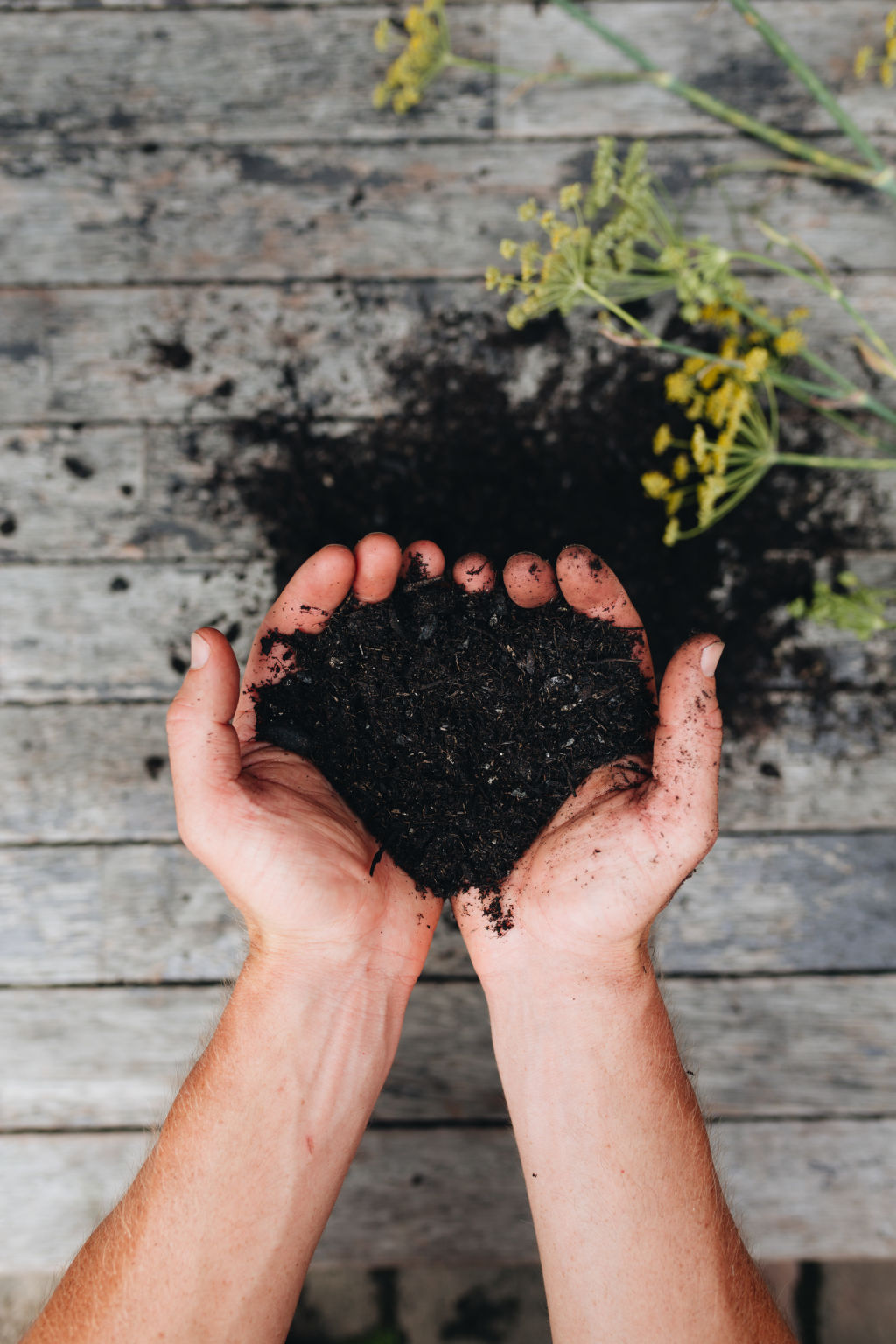
Perfect your recipe
We all know that compost is a gardener’s best friend, but what do we add to our compost to make the best concoction?
People are often deterred because they’ve had a smelly compost in the past or it attracted swarms of flies. Luckily, both of these problems can be fixed with the perfect ratio of ingredients.
Compost is akin to baking a cake. It might take a few goes to get your recipe just “right”, but similarly, it’s about building a method and layering ingredients in until you get the perfect mix.
If you think about it, a forest floor is a layer of composting dry leaves and twigs, some fresh green matter and the odd animal (blood and bone). So rake up all your leaves, twigs, garden cuttings, lawn clippings and just a little kitchen fruit and veggie leftovers – these offcuts are best kept for your worm farm.
Avoid other food waste as a general rule as this is where things can get a bit smelly. And don’t add sticks thicker than a pen as they take too long to break down.
The ratio of carbon (dry material) to nitrogen (wet/green material) should be about 30:1.
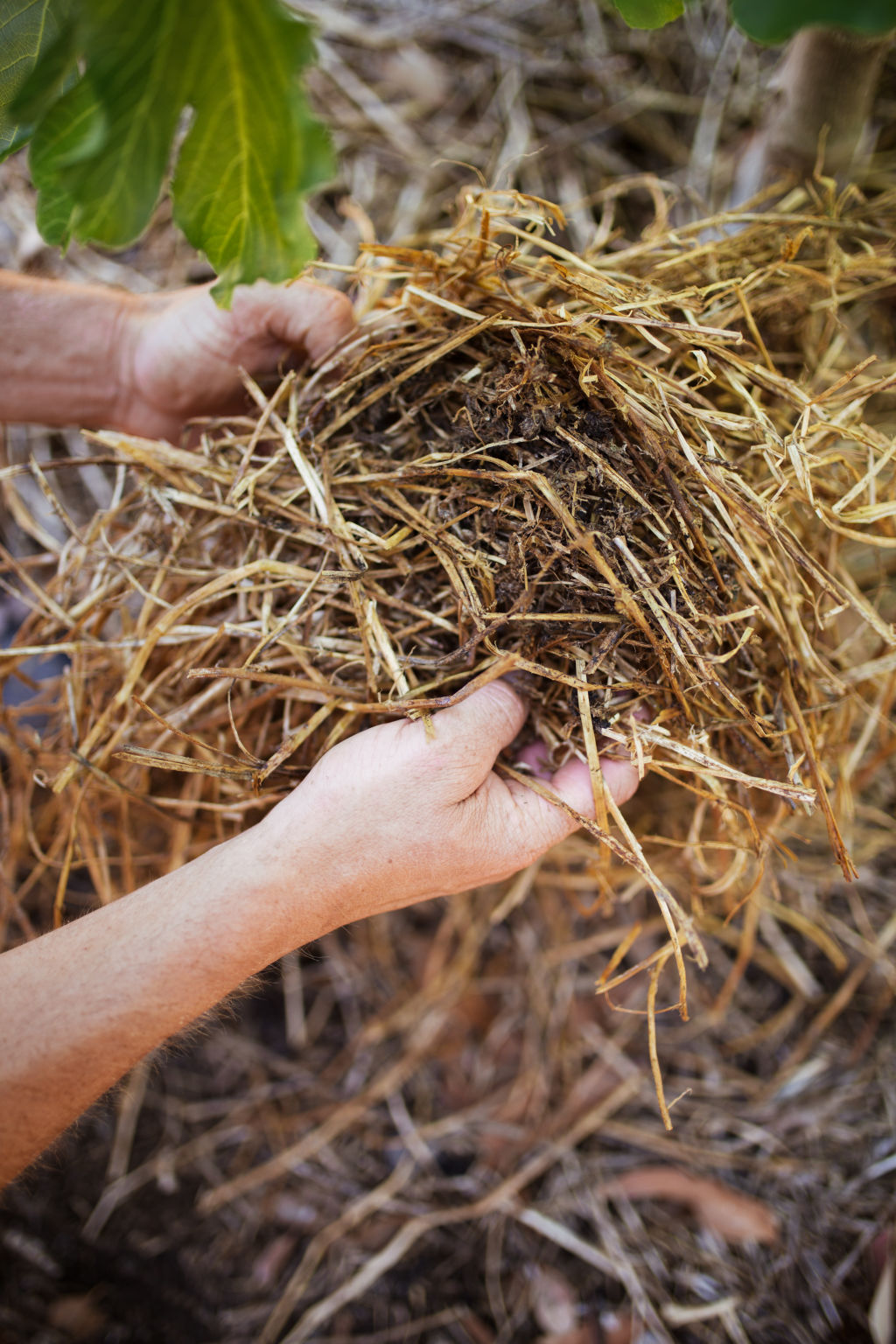
Do a good turn
The key is to turn your compost (if in a pile) or spin (if using a tumbler) until it breaks down enough that you’re unable to recognise the original material.
Adding a good quality compost to your edible garden will mean bigger, stronger and better tasting plants. I’d recommend adding it in both spring and autumn over raised beds, pots and around fruit trees. Make sure you cover the compost with some light mulch like sugar cane or pea straw, and water well.
Slow Down and Grow Something: The Urban Grower’s Recipe for the Good Life, by Byron Smith with Tess Robinson, Murdoch Books.
We recommend
States
Capital Cities
Capital Cities - Rentals
Popular Areas
Allhomes
More
- © 2025, CoStar Group Inc.

